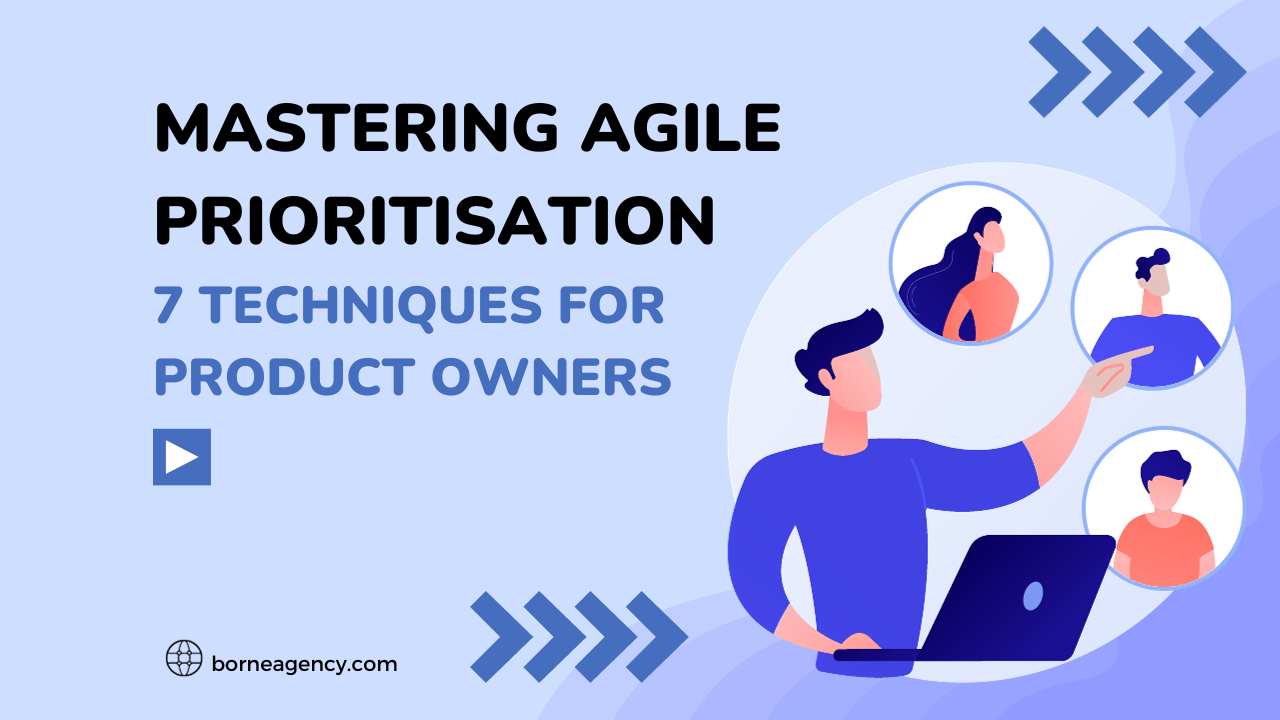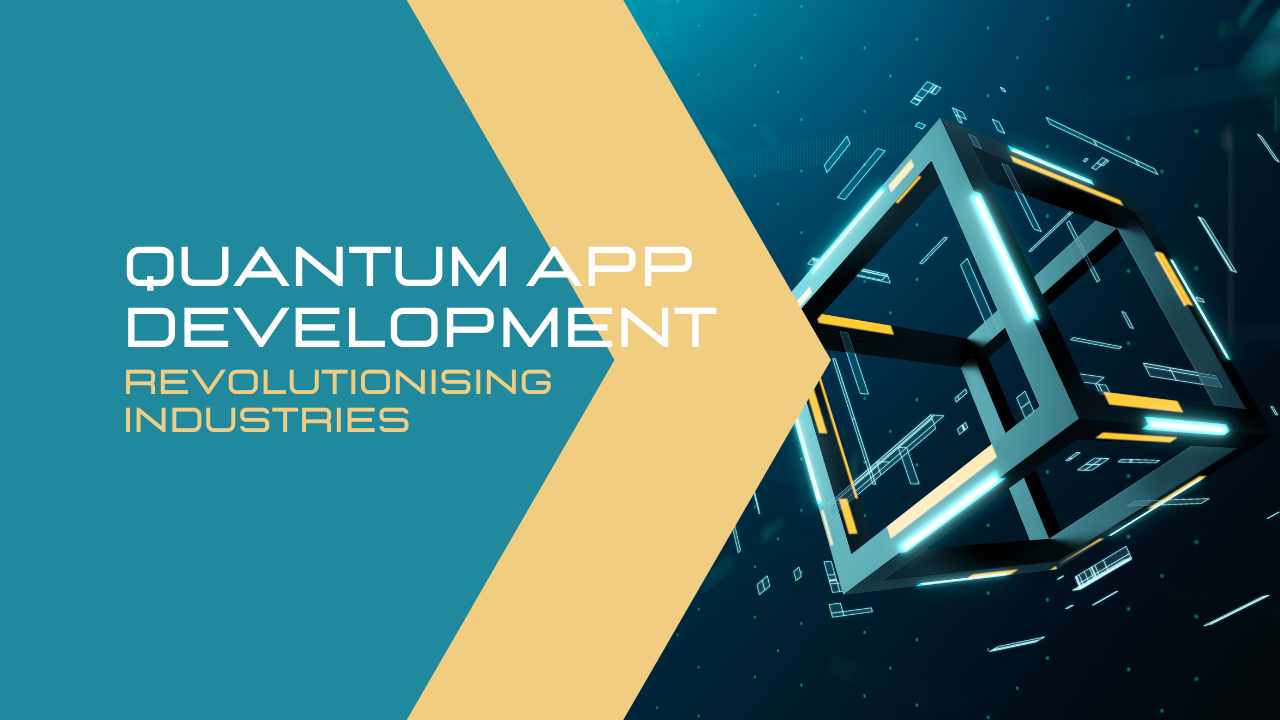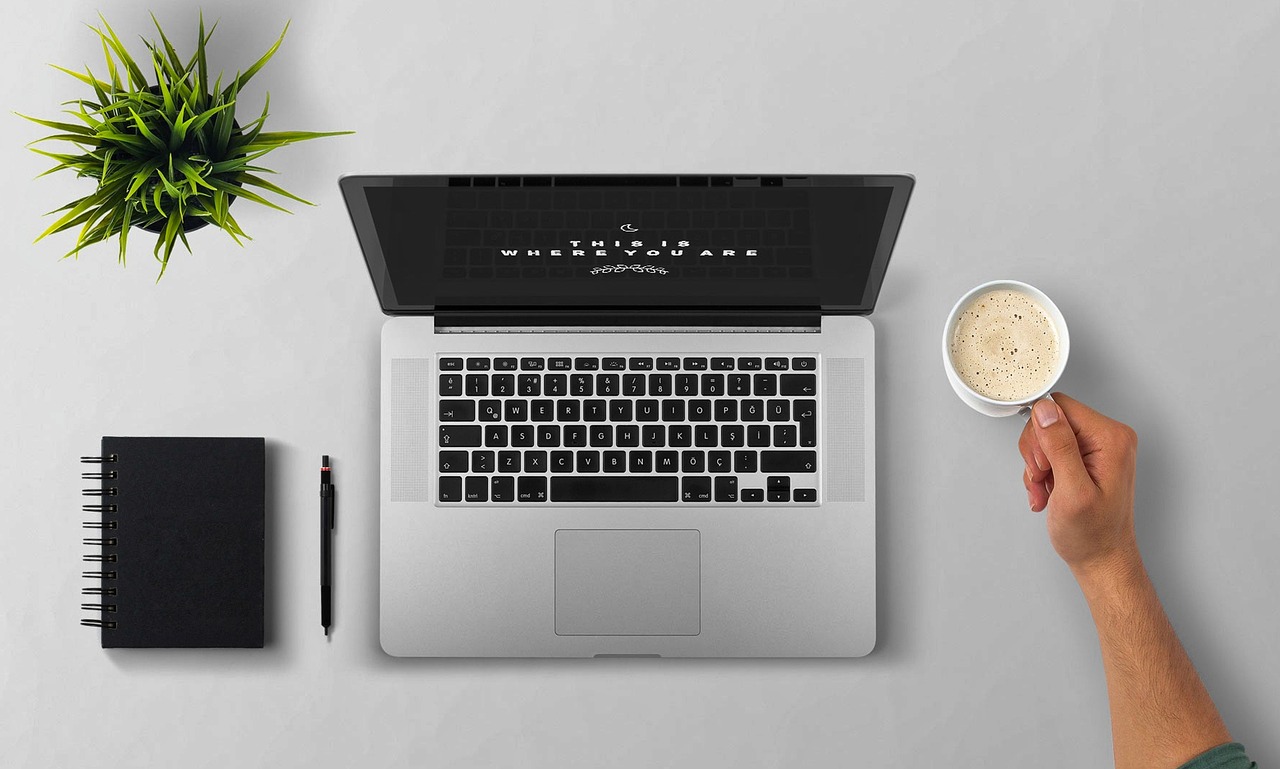May 19 - 5min readGoogle I/O: What You Need To KnowBy Launchbase
Google’s annual developer conference kicked off this week in San Francisco, led by CEO Sundar Pichai. This year’s keynote focused on practical applications of AI, machine learning and VR, and it’s clear to see the direction the company are heading towards. Here’s our take on their latest features and announcements:
Google Lens
An ‘image search in reverse’, Google Lens is a new way of searching the internet – via your camera. Users will be able to take a photo and let Google figure out what’s going on in the image. Take a photo of a restaurant for example, and Google Lens will draw up a list of opening hours, the menu and see if there’s tables available. A photo of a flower, and Lens will tell you the name and best way to care for it. Essentially, Google will recognize and respond to the images appearing in your camera-lens.
Perhaps the most practical application for Google Lens, (because if you’re close enough to the restaurant to take a photo of it wouldn’t you just look at the opening hours on the door?) is it’s ability to recognize a Wifi password. Currently we have to manually type in the Wifi password, which I think we can all agree is an arduous process as no matter how many times we type it in wrong, we never learn to just save it to our Notes. However, Google Lens will recognise that it’s a password and connect us to the Wifi automatically. In that one feature, Google have solved a problem we didn’t really know was solvable. And we love it.
Drawing on a Snapchat-like AR experience, Google Lens could also show you nutrition facts when the camera is pointed at a box of cereal, or various prices when pointed at an object in a shop. A quicker, more interesting way of searching the internet, we’re happy to admit that we’re intrigued by Google Lens. Mainly because of the automatic Wifi connection though..
Google Home
Just like Amazon’s Alexa, Google is going to turn its smart speaker, Google Home, into a phone. It can be either tied to your own mobile or will operate using the private number Google provides.
And that’s not the only upgrade for Google Home as a whole host of new features have been unveiled. Home will be able to control HBO Now, which will make spending 14 hours without leaving the sofa that much easier – because we all know it’s not long until the next season of Game Of Thrones. It will also control SoundCloud, Deezer and will soon work as a Bluetooth speaker.
Google also demonstrated their ‘Visual Responses’ update. Home will become capable of directing requested information to the right screen for the specific request. For example, it will send directions to the Google Maps app on your phone and display your daily calendar on a connected TV. By bringing all screens and devices together, Google are ensuring products by rivals Amazon or Apple don’t even get a look in.
Google Assistant is also getting a couple of changes. It will be brought to the iPhone which is handy considering Siri is utterly useless, and it will now offer ‘Proactive Assistance’ via Home. For example, Google Assistant will know from Google Calendar where the user needs to be that day, and could potentially warn them about heavy traffic in that area without them requesting it.
Of course, we originally scoffed at this, who really wants a digital assistant interrupting their conversations?! But then we remembered that this is 2017, and none of us actually have conversations anymore, we just scroll through Instagram and take photos of avocado on toast.
Suggested Sharing
Google Photos is also getting a couple of new features, although they’ve got a lot of work to do in convincing consumers that this is a good thing and not the plot for the next episode of Black Mirror.
The app will recognize people in the photos you take and prompt you to share the pictures with those people. If prompted, Google will start to automatically share them with the people you ask it to. For those of you thinking that this has the potential to go horribly, horribly wrong, we can assure you that you are not the only ones.
Google is also offering printed photo books which can be created via your smartphone. Now this is a feature that we’re onboard with, as the days of flicking through old photo albums to find pictures of yourself as a dribbling four year old seem all but lost. Google will recommend books to you, made from various collections of pictures with prices starting at $9.99. It seems like a bit of a step backwards to have actual, printed pictures, but perhaps Google are just trying to appeal to the old people.
Standalone VR
Future VR headsets from Google’s partners HTC and Lenovo will no longer require the users’ smartphones like the current, somewhat neglected, Daydream headset. The future headset will instead track virtual space with Google’s ‘WorldSense’ and is powered by its Tango AR system, meaning no smartphone is required. This also means users can walk around while wearing the headset, instead of having to remain in the same place like they currently do.
Google are yet to confirm a release date, but we’re looking forward to seeing their hopefully more successful venture into the world of VR.
VPS – Visual Positioning System
We already use GPS on an almost daily basis, but there’s real limits when it comes to accuracy. VPS is Google’s way of pinpointing our location down to just a few centimetres. Similar to the future VR headset, VPS will use 3D visualisation technology, Tango. It will search for recognizable objects around you to work out where you are.
If you’re anything like us, you’re probably wanting a real-world example of when this would actually come in useful, and Google’s head of VR Clay Bavor gave a surprisingly decent one. Users could essentially use VPS to find the exact location of a product in a large shop. Currently we can use GPS to find the door, but VPS will actually find us specific objects. This solves yet another problem we didn’t really know we had – although we can see this putting department stores out of business, as people might end up only buying what they actually went in there for.
We hope you have enjoyed our summary of Google’s latest features. We’d love to know your thoughts so please tweet us or get in touch.



